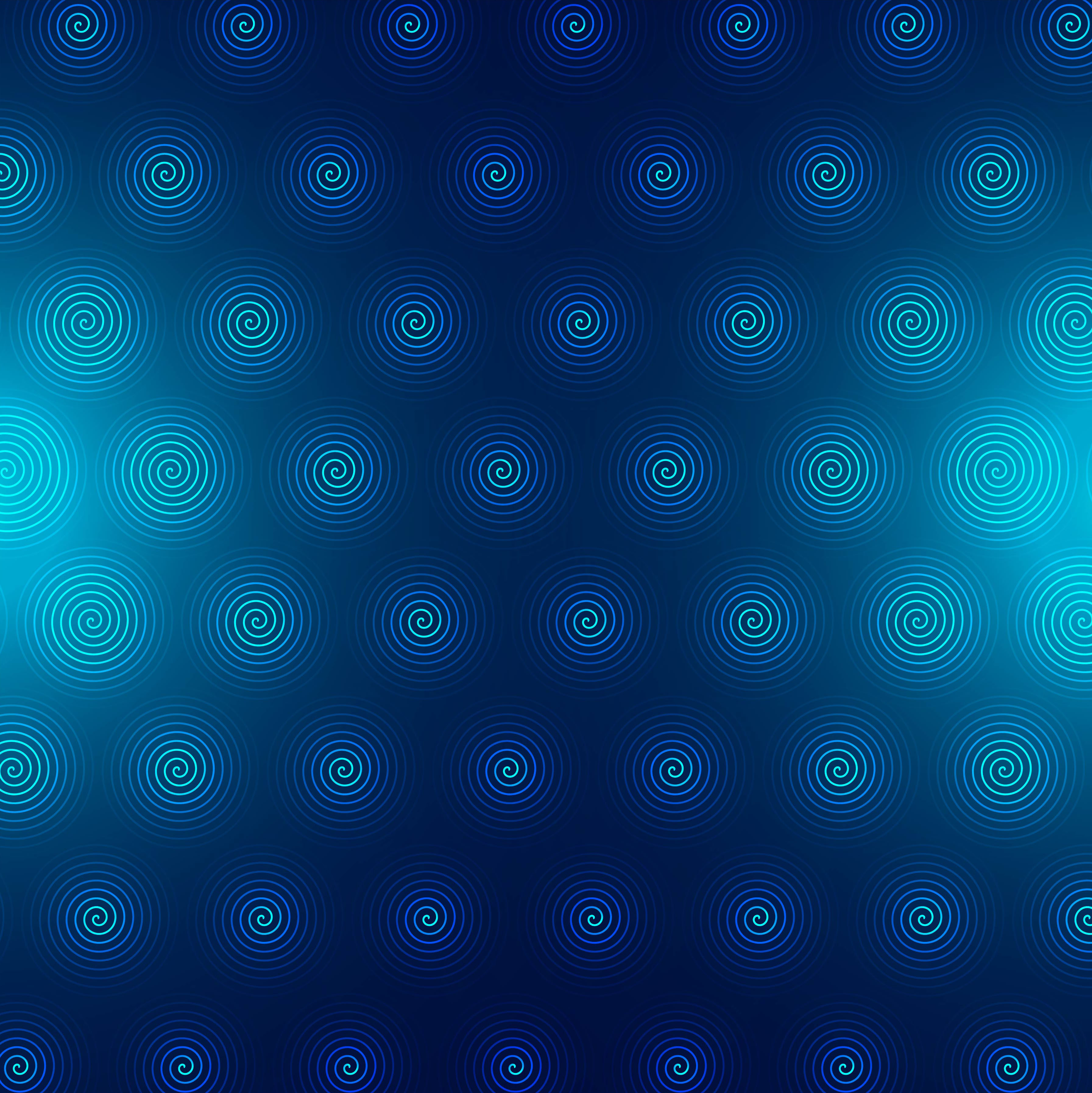
The View elements for a screen are organized in a hierarchy. RecyclerView: A group that contains a list of other View elements or ViewGroup groups and enables scrolling them by adding and removing View elements dynamically from the screen.ScrollView: A group that contains one other child View element and enables scrolling the child View element.ConstraintLayout: A group that places UI elements (child View elements) using constraint connections to other elements and to the layout edges (parent View).The following are commonly used ViewGroup groups: The relationship is parent-child, in which the parent is a ViewGroup, and the child is a View or another ViewGroup. View elements can be grouped inside a ViewGroup, which acts as a container.
#LAYOUTEDITOR CIRCULAR PATTERN ANGLED ANDROID#
Layout resources are written in XML and listed within the layout folder in the res folder in the Project > Android pane. You can specify View elements in layout resource files. A View can also be defined to accept text input, or to be invisible until needed. You can define a View to appear on the screen and respond to a user tap.


The unit for location and dimensions is the density-independent pixel (dp). The View class represents the basic building block for all UI components, and the base class for classes that provide interactive UI components such as buttons, checkboxes, and text entry fields.Ī View has a location, expressed as a pair of left and top coordinates, and two dimensions, expressed as a width and a height. The UI consists of a hierarchy of objects called views - every element of the screen is a View.
#LAYOUTEDITOR CIRCULAR PATTERN ANGLED CODE#
This chapter describes the screen's user interface (UI) layout and other resources you create for your app, and the code you would use to respond to a user's tap of a UI element. Lesson 3: Testing, debugging, and using support libraries


 0 kommentar(er)
0 kommentar(er)
